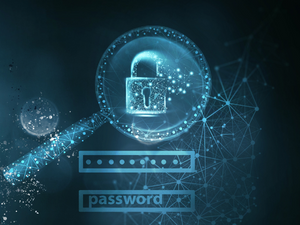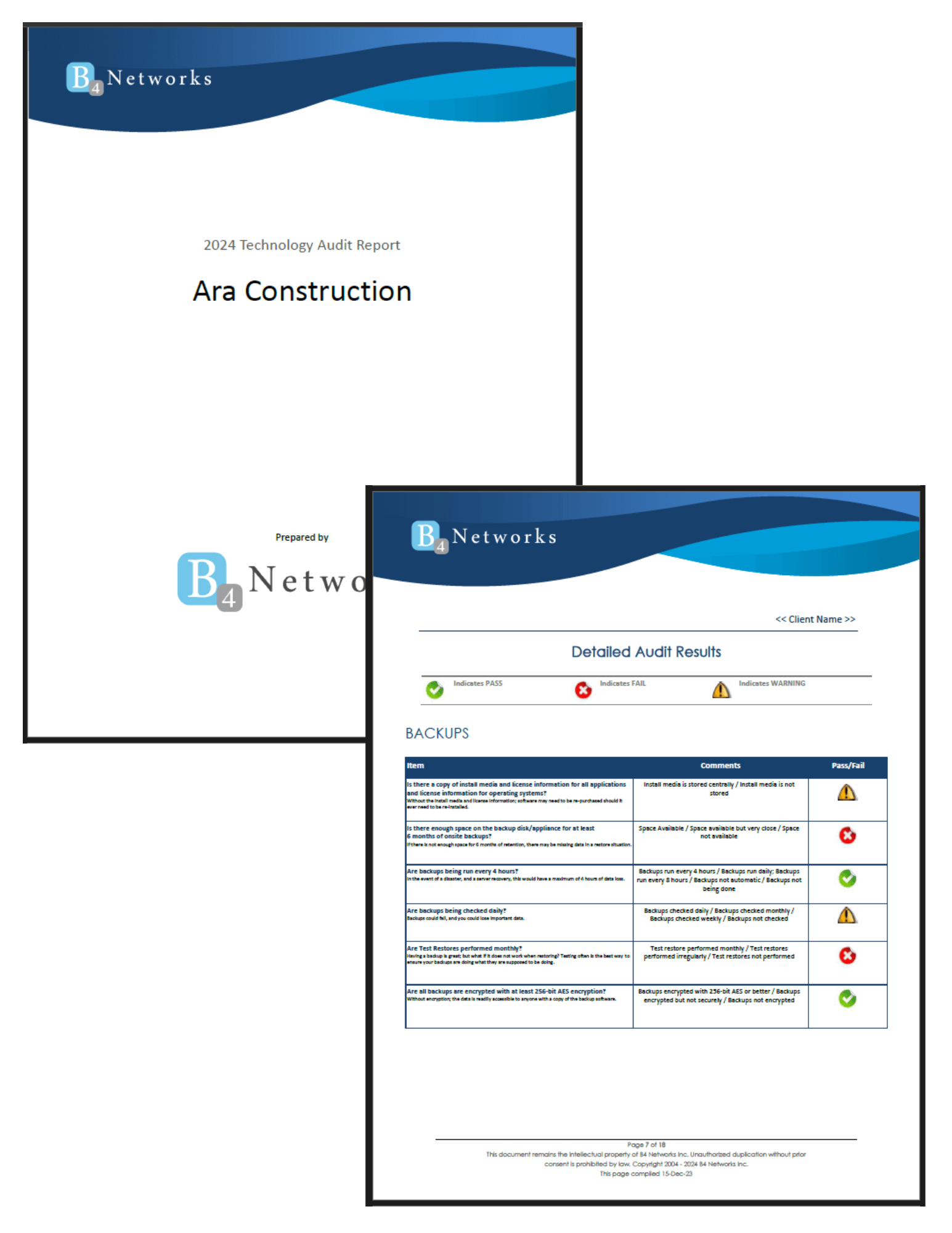Authored by: Bryan Lachapelle, President & CEO
 Sometimes the first step in a cyberattack is not code. It is a click. A single login, one username and password, can give an intruder a front-row seat to everything your business does online.
Sometimes the first step in a cyberattack is not code. It is a click. A single login, one username and password, can give an intruder a front-row seat to everything your business does online.
For small and mid-sized companies, stolen credentials are often the easiest target. According to MasterCard, 46% of small businesses have dealt with a cyberattack, and nearly half of all breaches involve stolen passwords. That is not a statistic you want your business to be part of.
This guide is designed to help IT-focused small businesses move beyond the basics. It will not drown you in jargon. Instead, it offers practical, advanced strategies you can start applying right away to make life much harder for intruders.
Why Login Security Is Your First Line of Defense
If someone asked what your most valuable business asset is, you might say your client list, your product designs, or your brand reputation. Without strong login security, all of those can disappear in minutes.
The numbers speak volumes: 46% of small and medium-sized businesses have experienced a cyberattack, and about one in five never recovered enough to stay open. With the global average cost of a data breach now at $4.4 million, the financial risk is staggering.
Credentials are an especially tempting prize because they are portable. Hackers steal them through phishing emails, malware, or even breaches at unrelated companies. From there, they are sold on underground marketplaces for only a few pounds or dollars. At that point, attackers do not need to hack. They simply sign in.
Many small businesses know this but struggle with execution. In fact, 73% of owners say getting employees to follow security policies is one of their biggest hurdles. That is why the solution has to go beyond simply saying “use better passwords.”
Advanced Strategies to Lock Down Business Logins
Good login security works in layers. The more barriers you put in place, the less likely attackers are to succeed.
1. Strengthen Password and Authentication Policies
If your company still allows short, predictable logins like Winter2024, you are giving attackers an easy win. Here is how to do better:
-
Require unique, complex passwords for every account, at least 15 characters long.
-
Encourage passphrases, strings of random words that are easier for humans to remember but harder for machines to guess.
-
Roll out a password manager so employees can generate and store strong logins securely.
-
Enforce multi-factor authentication (MFA) everywhere. Hardware tokens and authenticator apps are far stronger than SMS codes.
-
Regularly check passwords against known breach lists and rotate them periodically.
And remember: rules only work if they are universal. Leaving one “less important” account unprotected is like locking your front door but leaving the garage wide open.
2. Reduce Risk with Access Control and Least Privilege
The fewer keys in circulation, the fewer chances there are for one to be stolen.
-
Keep admin privileges limited to the smallest possible group.
-
Separate super admin accounts from day-to-day logins and store them securely.
-
Give contractors and third parties the bare minimum access they need, and revoke it as soon as their work is done.
This way, even if one account is compromised, the damage is limited.
3. Secure Devices, Networks, and Browsers
Your login rules do not mean much if employees are signing in on compromised devices or unprotected networks.
-
Encrypt every company laptop and require strong passwords or biometric logins.
-
Use mobile security apps for staff on the go.
-
Lock down Wi-Fi with encryption, hidden SSIDs, and long, random router passwords.
-
Keep firewalls active, both on-site and for remote workers.
-
Turn on automatic updates for browsers, operating systems, and apps.
Think of this as putting locks and alarms on the building your logins live inside.
4. Protect Email as a Common Attack Gateway
Email is where many credential thefts begin. One convincing message, and an employee clicks a link they should not.
To close that door:
-
Enable advanced phishing and malware filtering.
-
Set up SPF, DKIM, and DMARC to make your domain harder to spoof.
-
Train your team to verify unexpected requests. If “finance” emails to ask for a password reset, confirm it another way.
5. Build a Culture of Security Awareness
Policies on paper do not change habits. Ongoing, realistic training does.
-
Run short, focused sessions on spotting phishing attempts, handling sensitive data, and using secure passwords.
-
Share quick reminders in internal chats or during team meetings.
-
Make security a shared responsibility, not just “the IT department’s problem.”
6. Plan for the Inevitable with Incident Response and Monitoring
Even the best defences can be bypassed. The question is how fast you can respond.
-
Incident Response Plan: Define who does what, how to escalate, and how to communicate during a breach.
-
Vulnerability Scanning: Use tools that flag weaknesses before attackers find them.
-
Credential Monitoring: Watch for your accounts showing up in public breach dumps.
-
Regular Backups: Keep off-site or cloud backups of critical data and test that they actually work.
Make Your Logins a Security Asset, Not a Weak Spot
Login security can either be a liability or a strength. Left unchecked, it is a soft target that makes the rest of your defenses less effective. Done right, it becomes a barrier that forces attackers to look elsewhere.
The steps above, from MFA to access control to a living incident plan, are not one-time fixes. Threats change, people change roles, and new tools arrive. The companies that stay safest are the ones that treat login security as an ongoing process, adjusting it as the environment shifts.
You do not need to fix everything overnight. Start with the weakest link you can identify right now, perhaps an old shared admin password or a lack of MFA on your most sensitive systems, and fix it. Then move to the next gap. Over time, those small improvements add up to a solid, layered defense.
If you are part of an IT business network or membership service, you are not alone. Share strategies with peers, learn from incidents others have faced, and keep refining your approach.
Contact us today to find out how we can help you turn your login process into one of your strongest security assets.
Article used with permission from The Technology Press.



